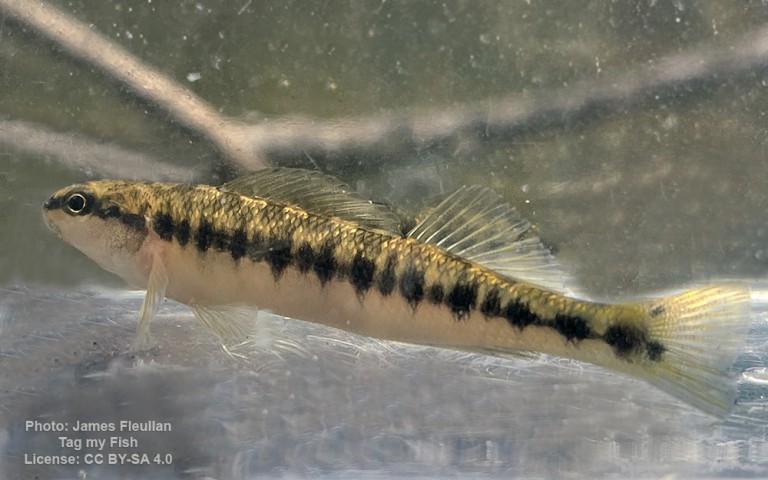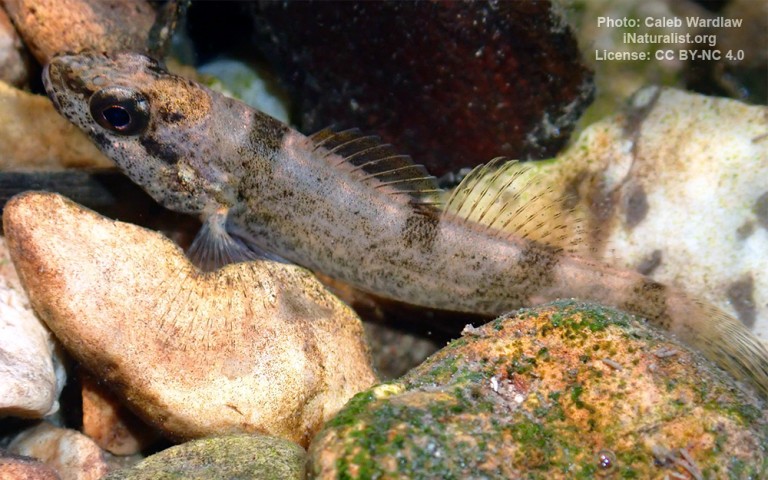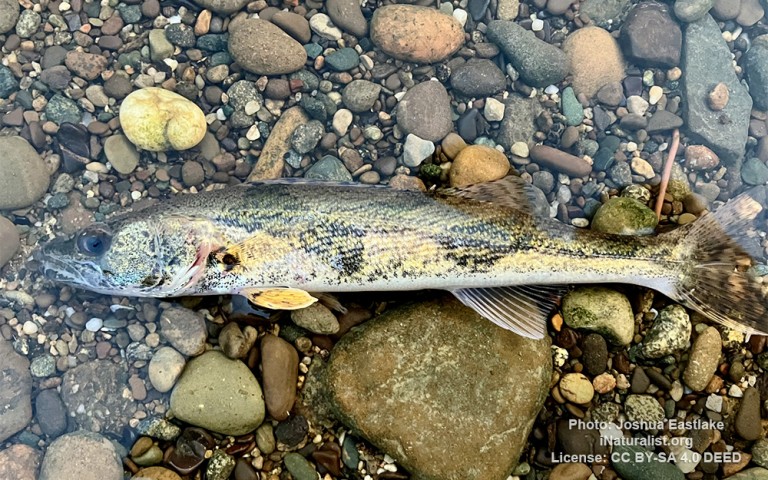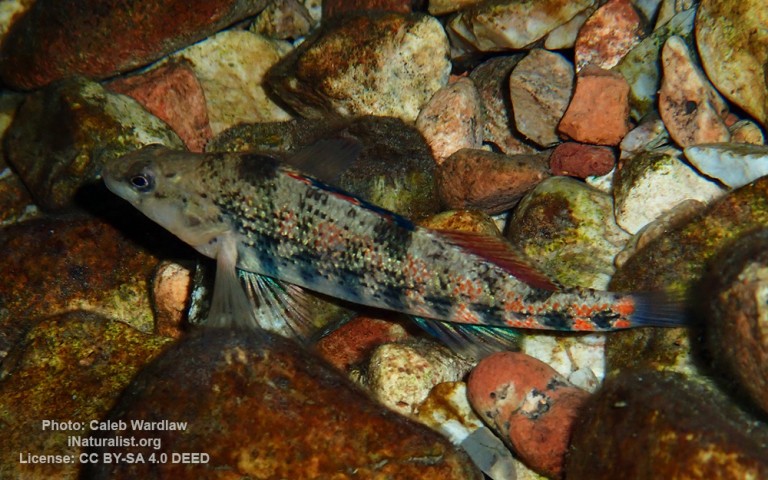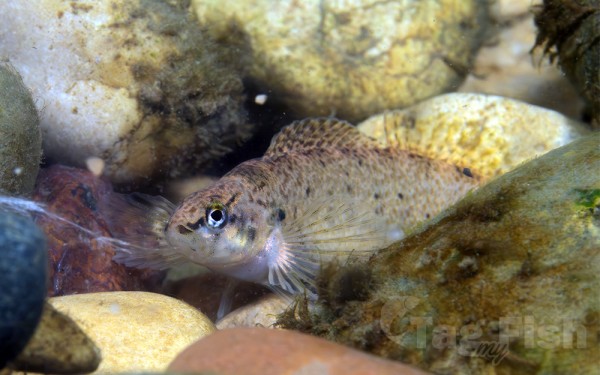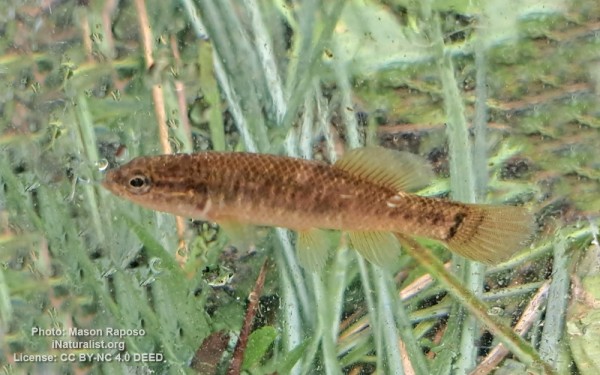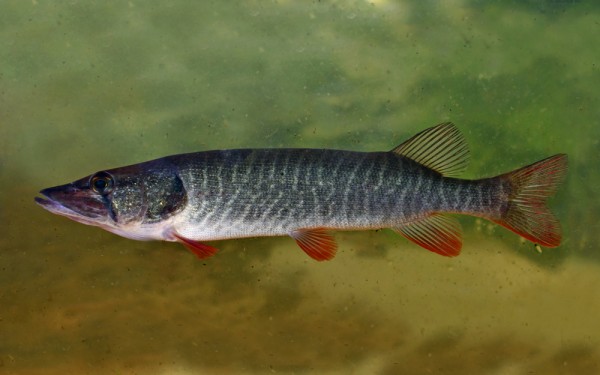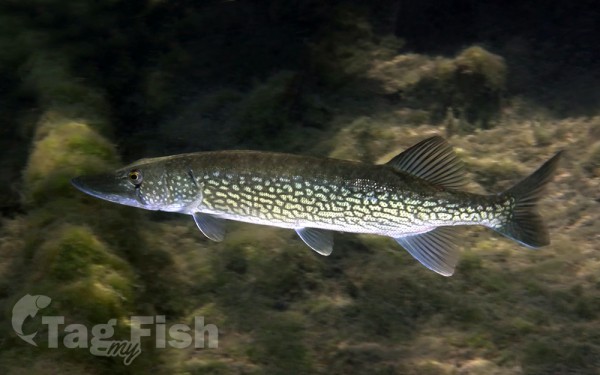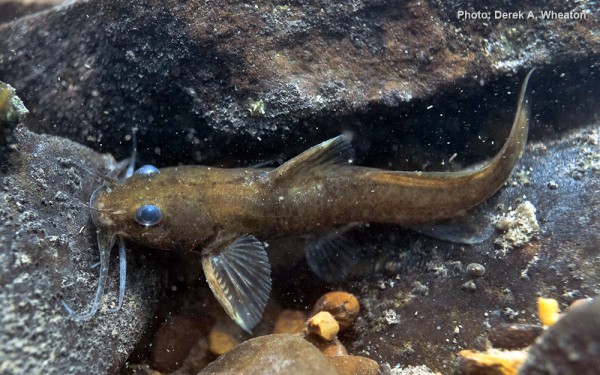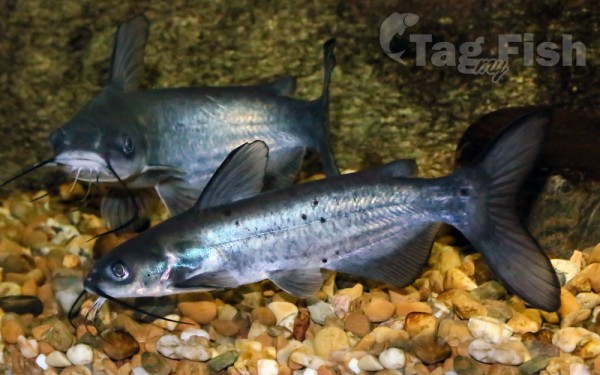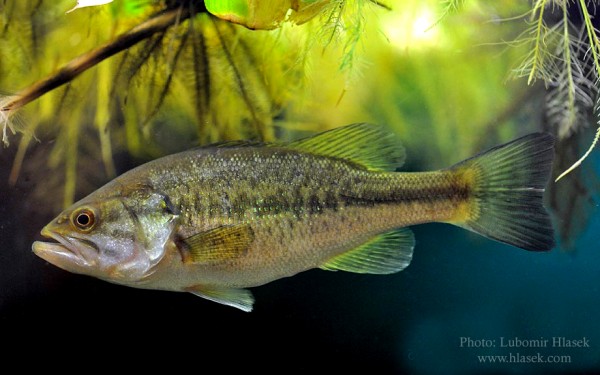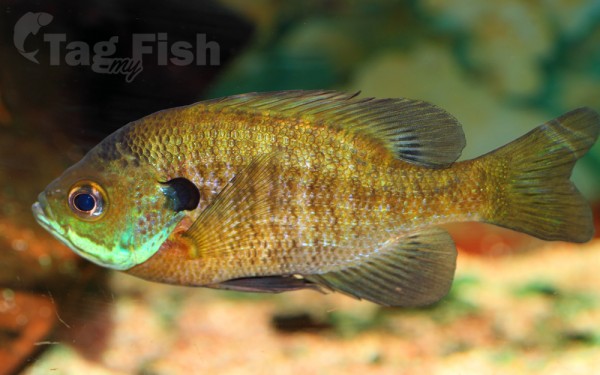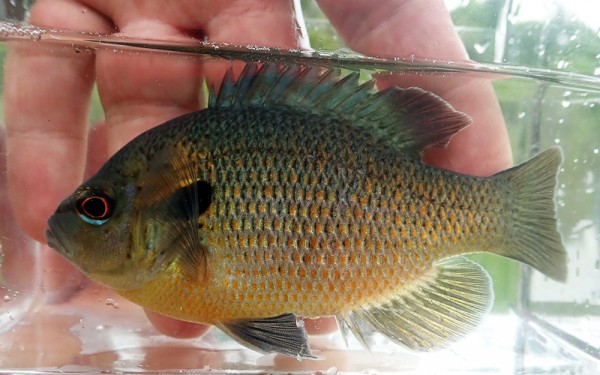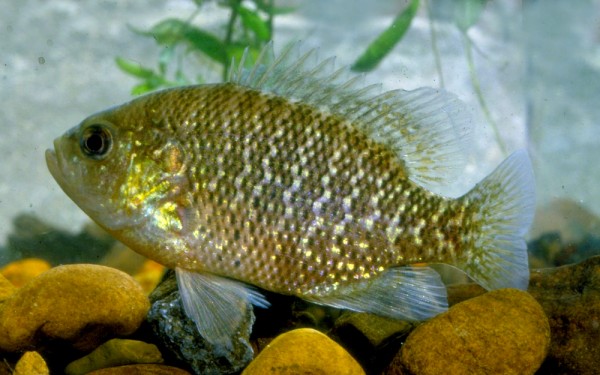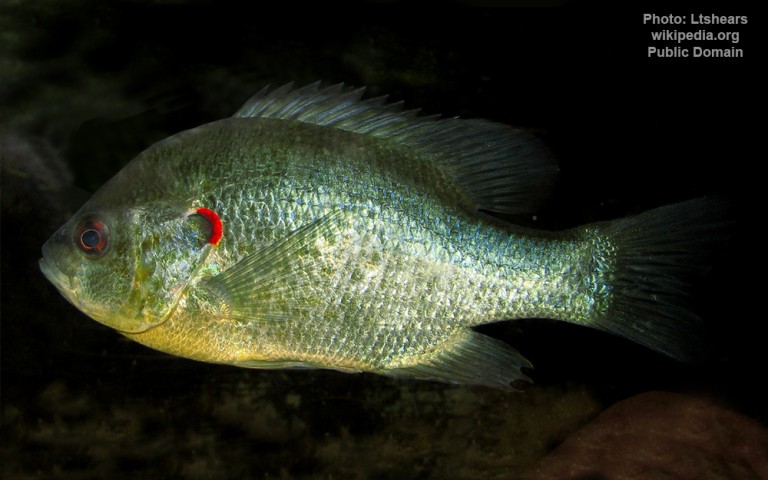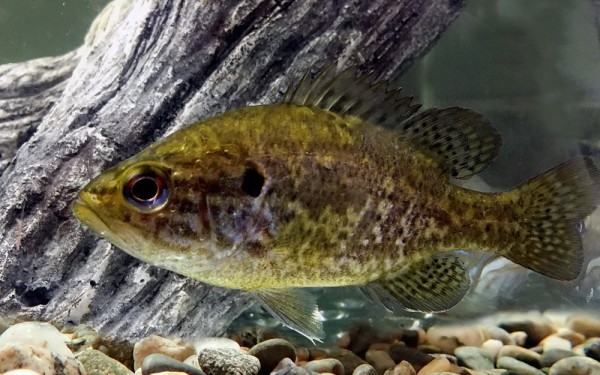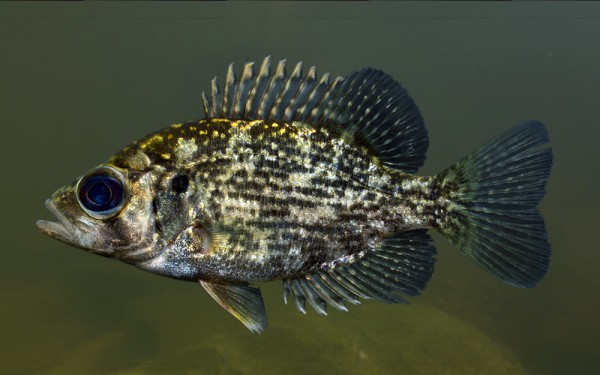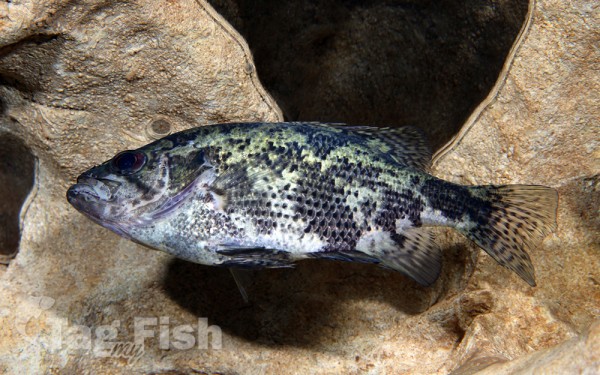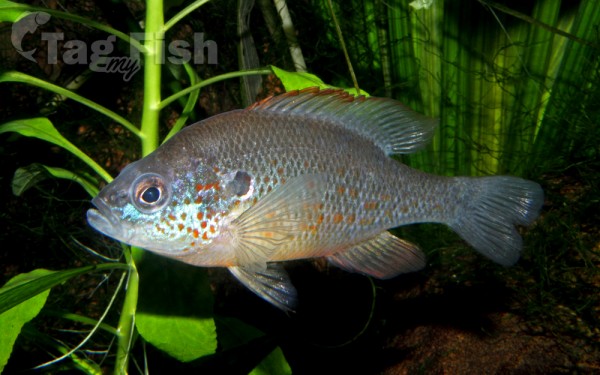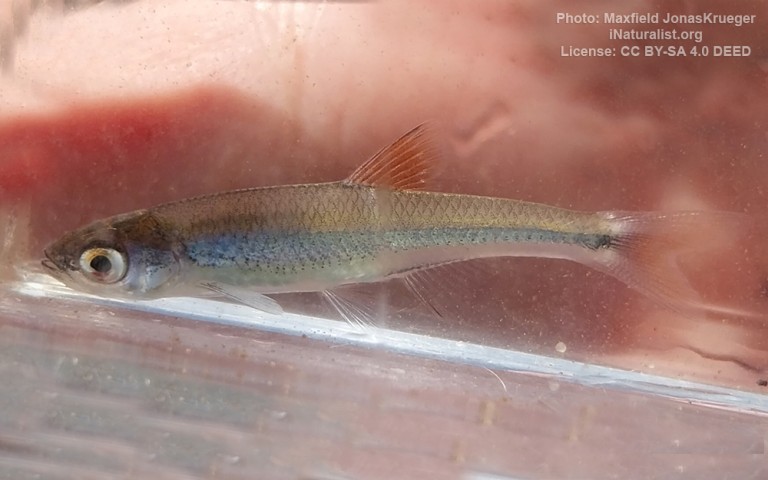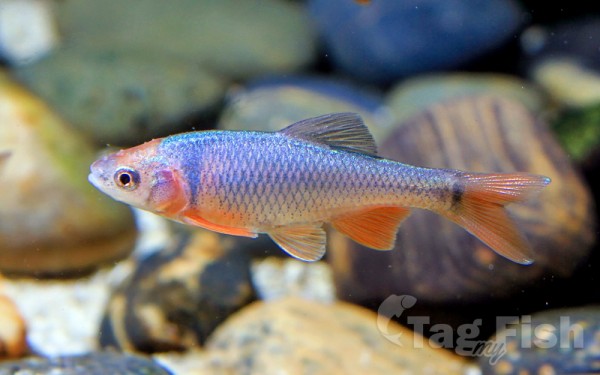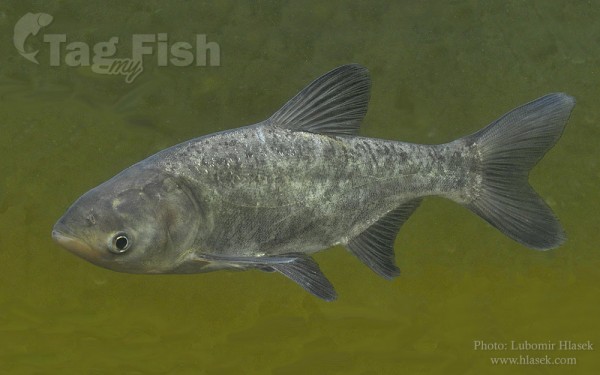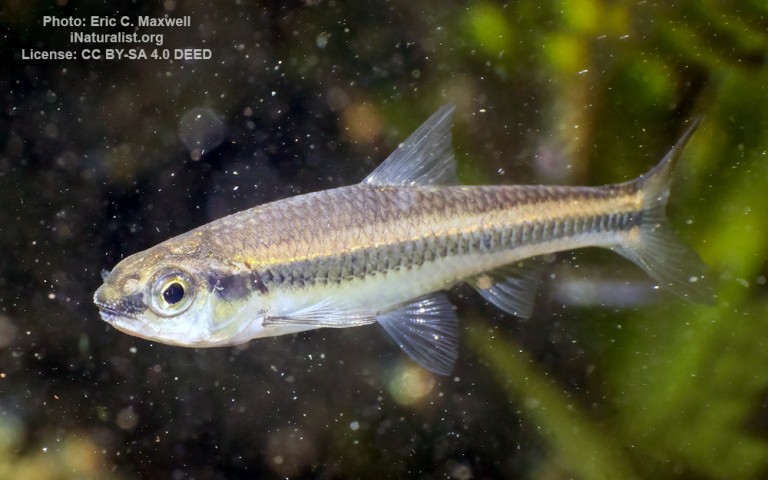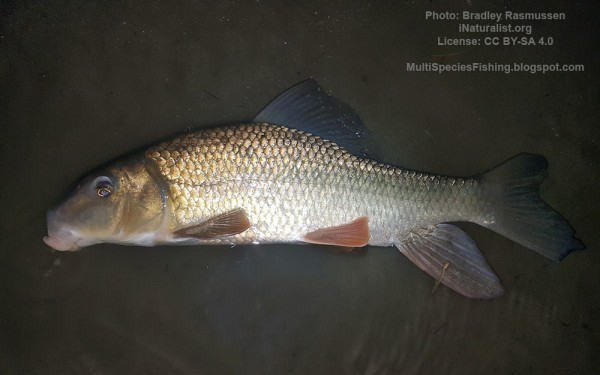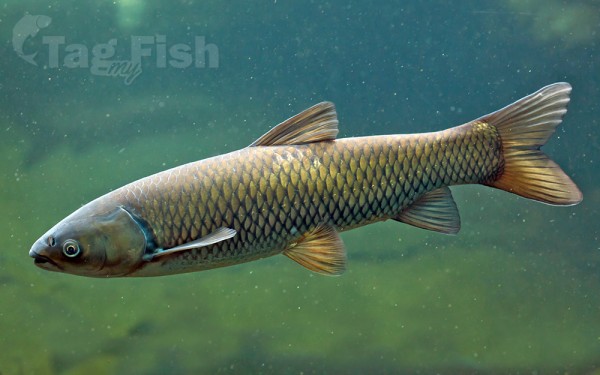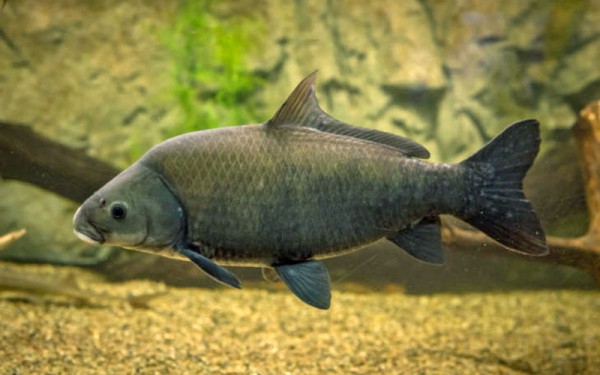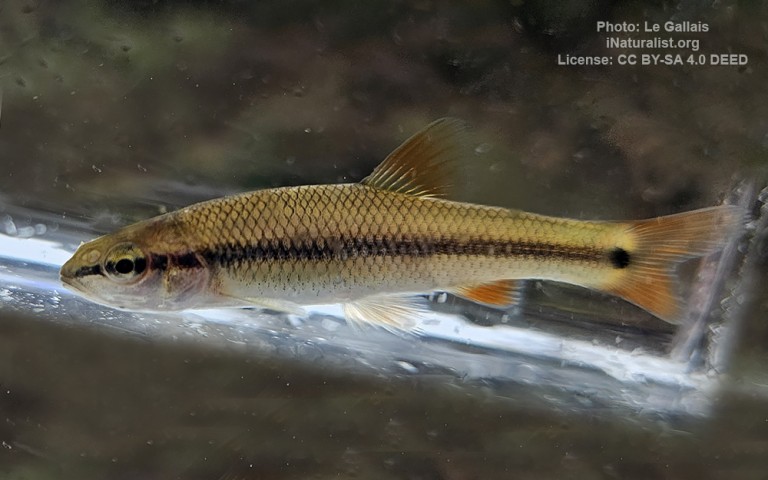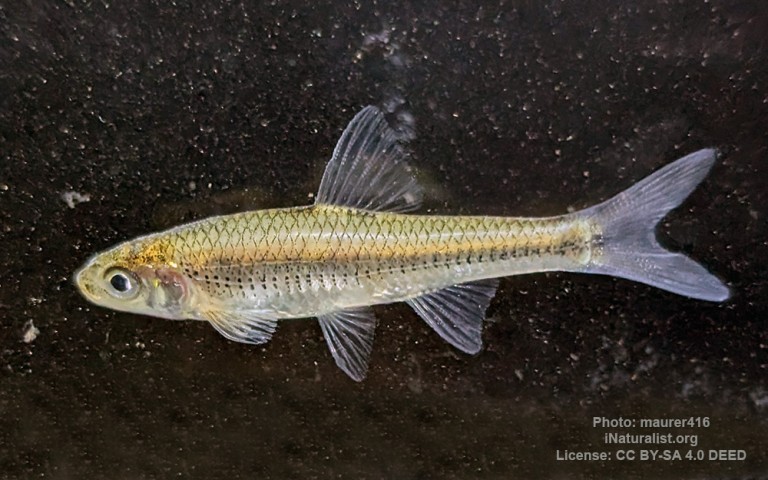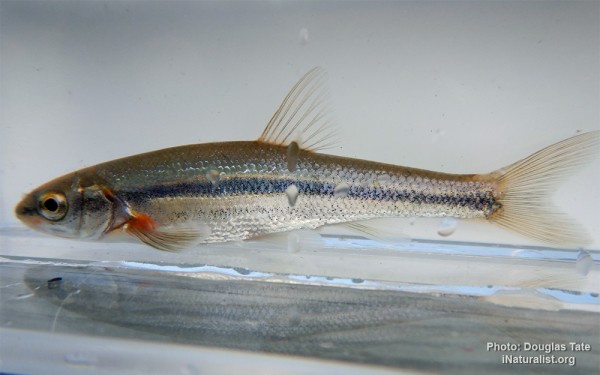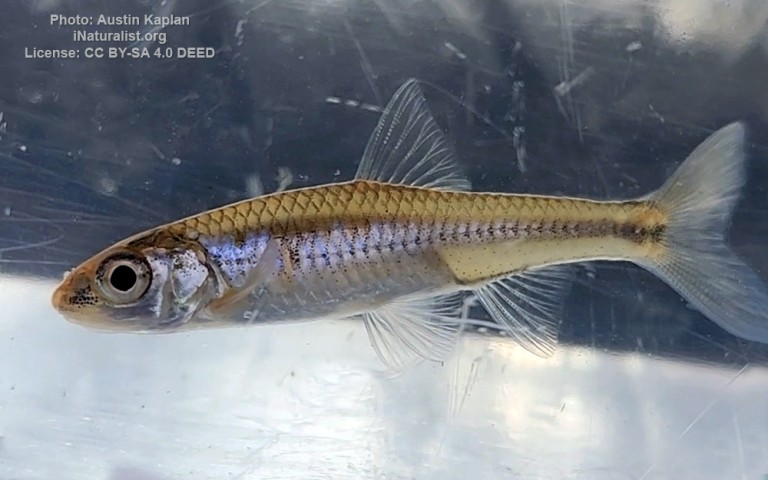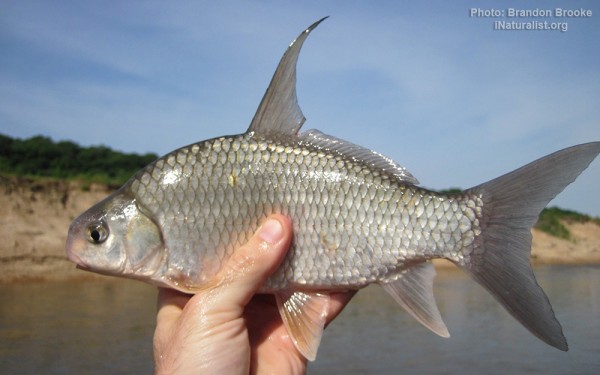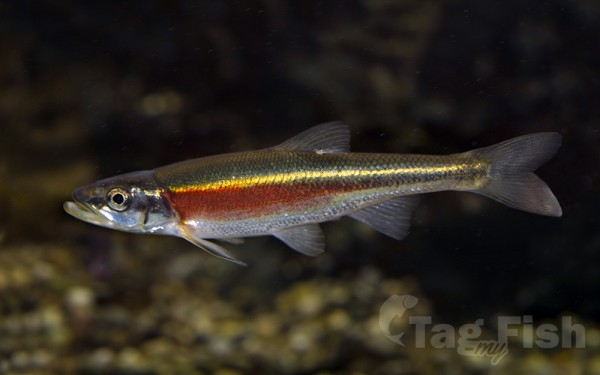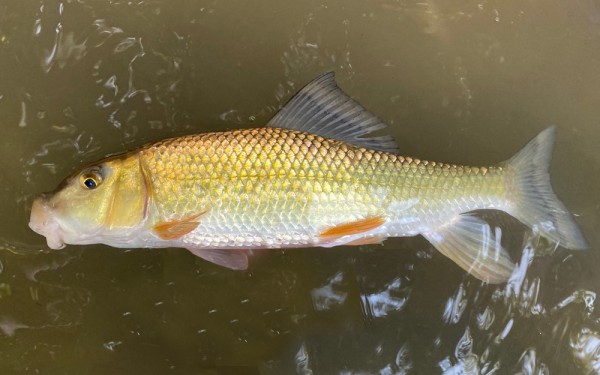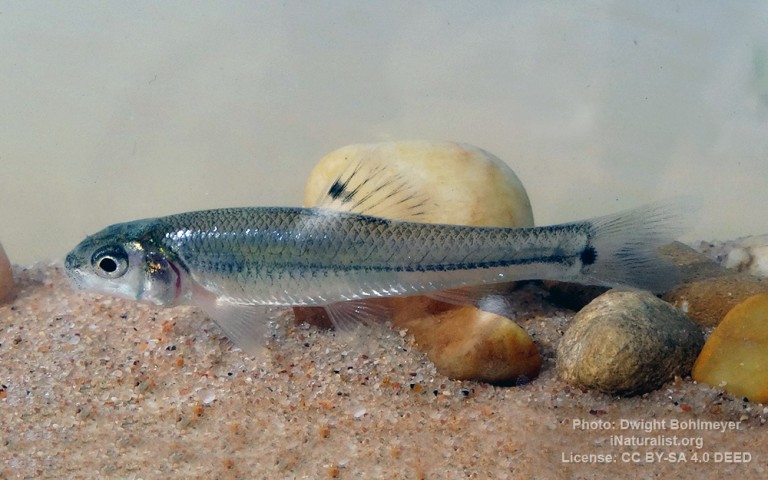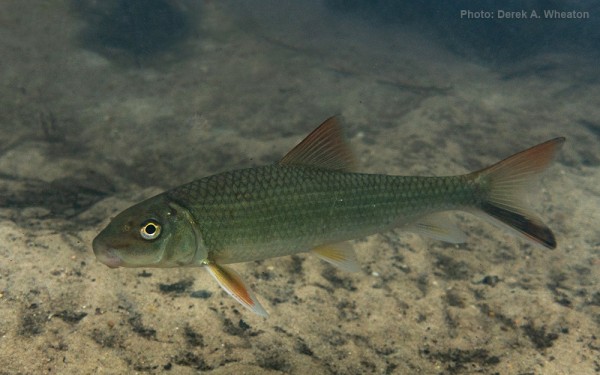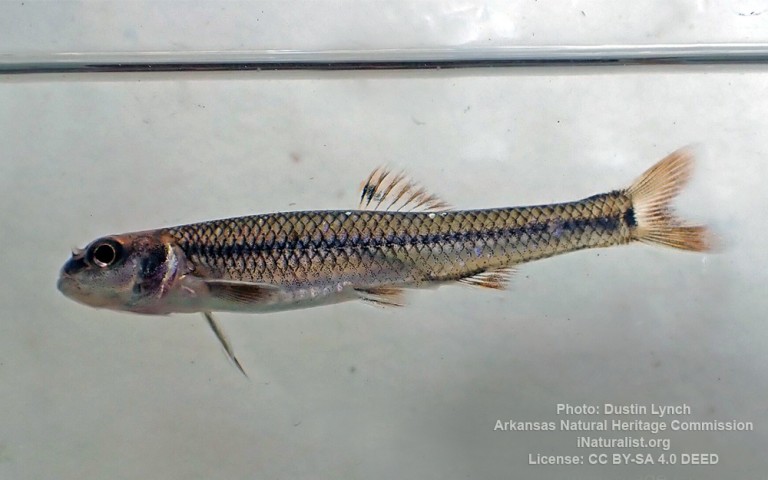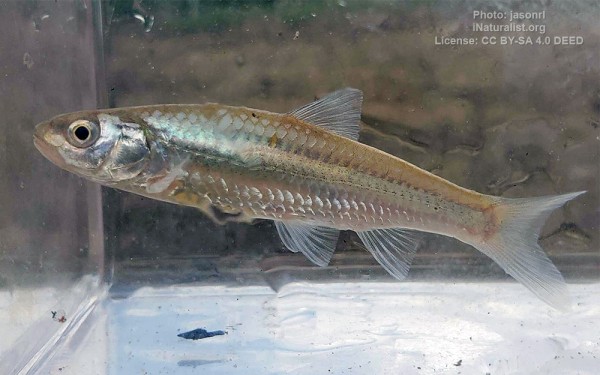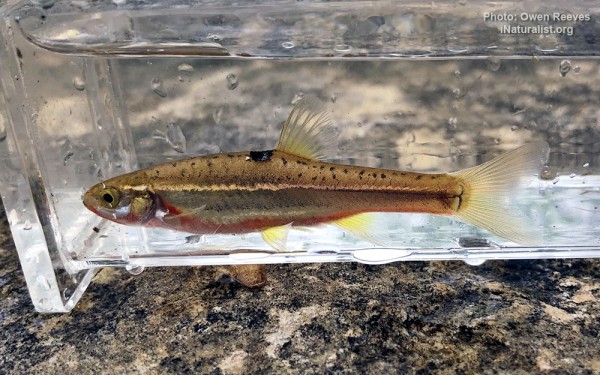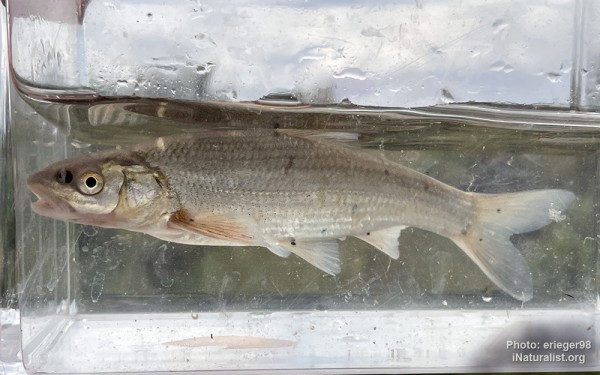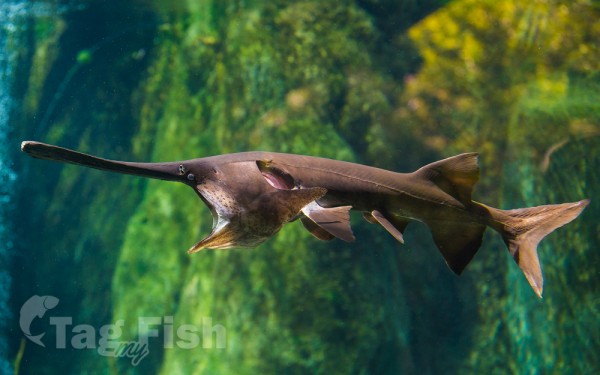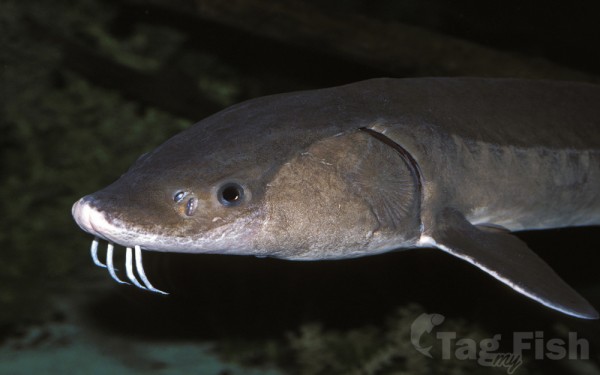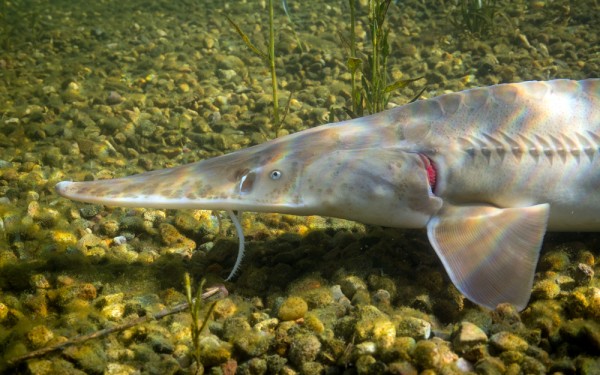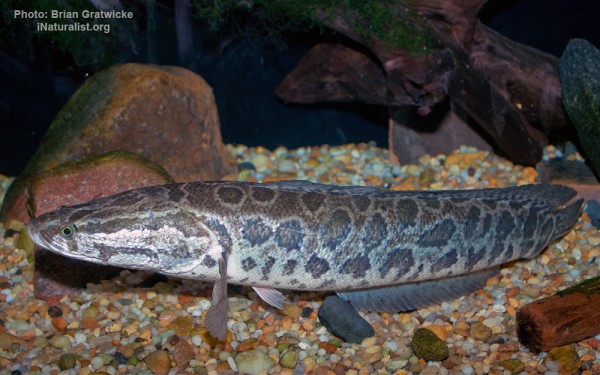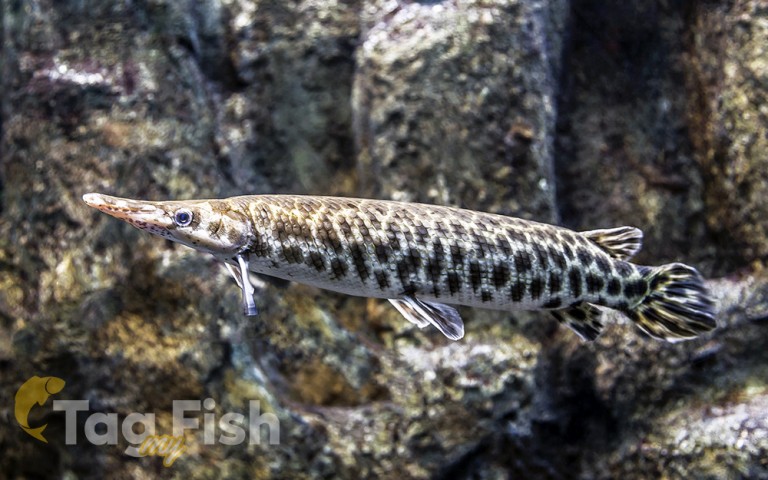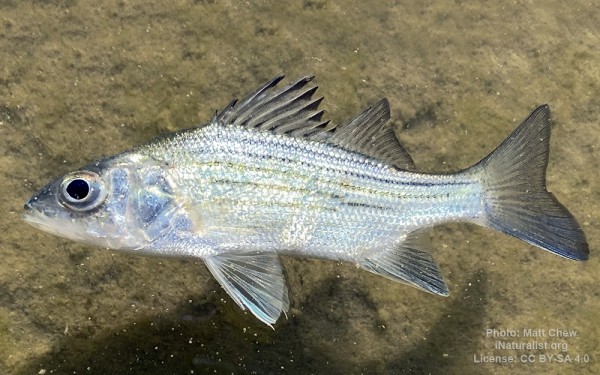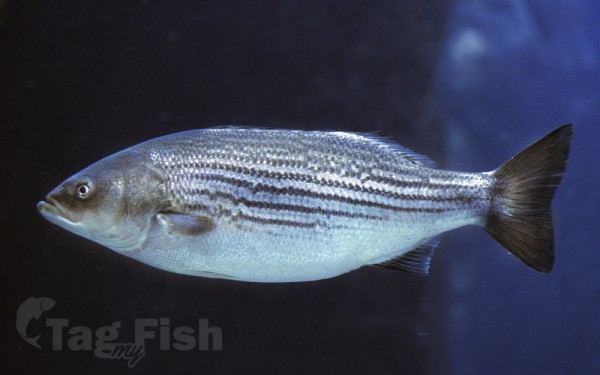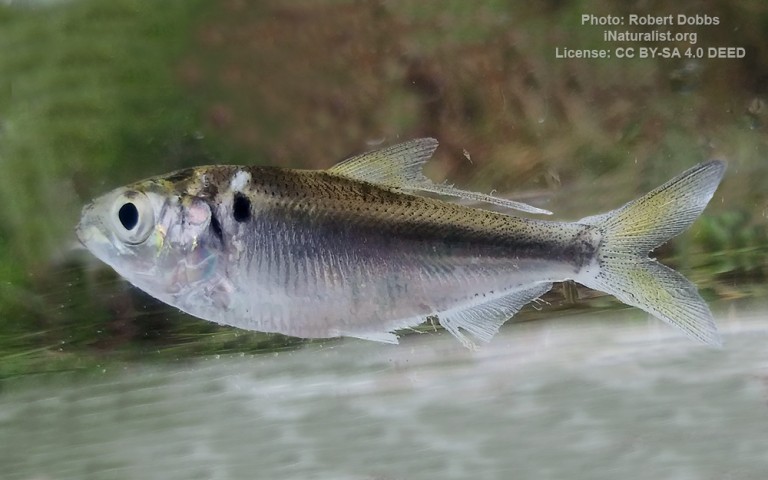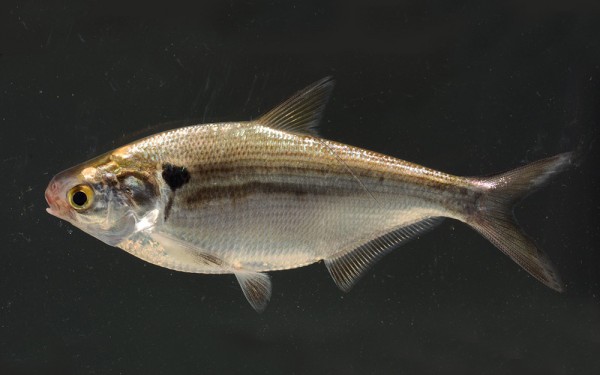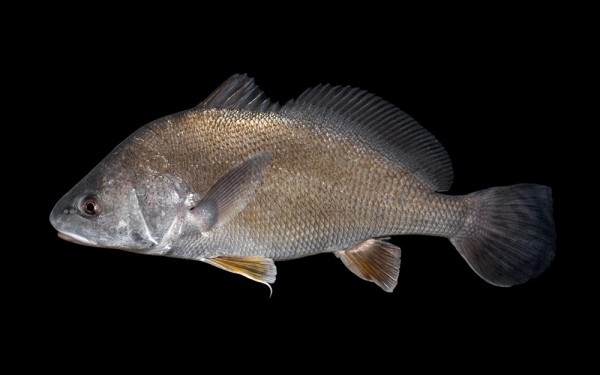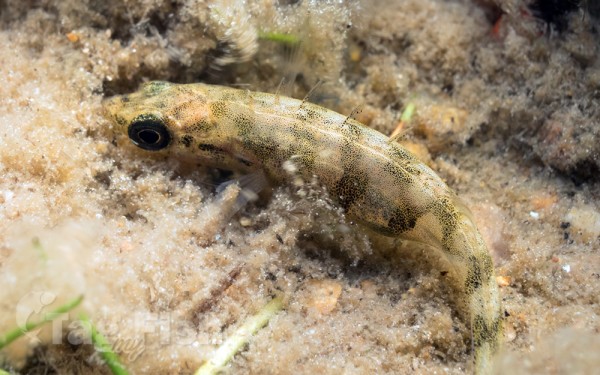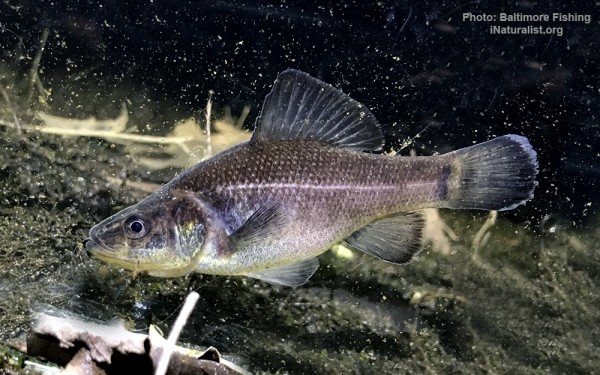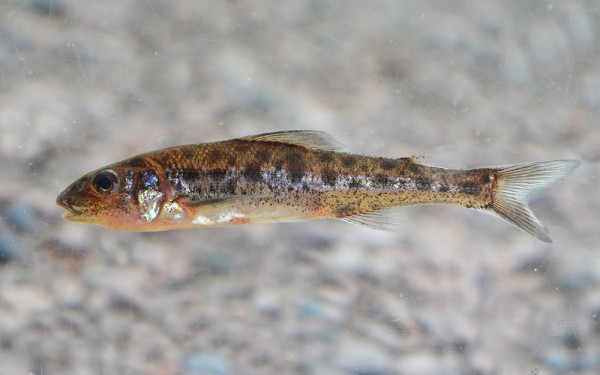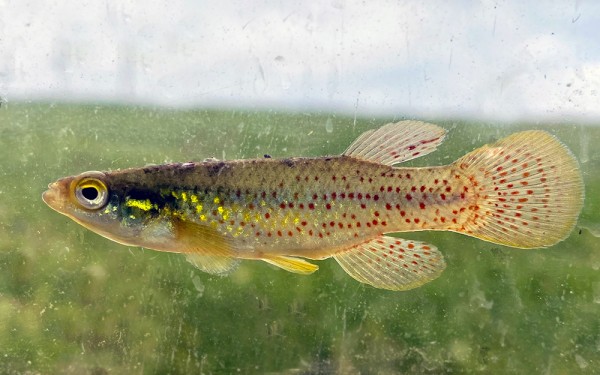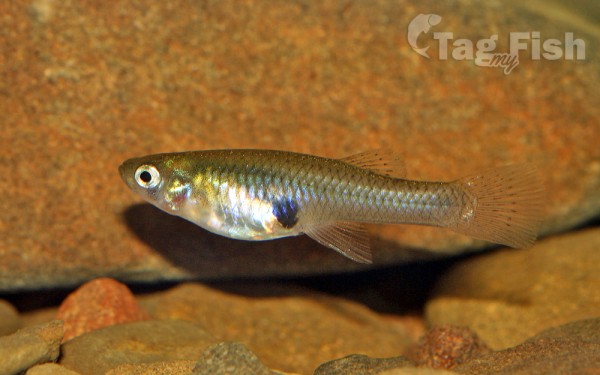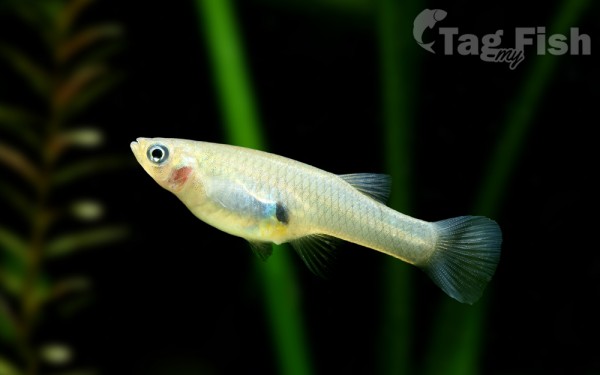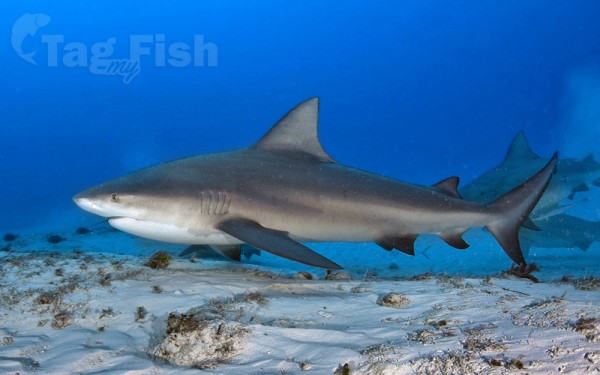Cedar River (Iowa tributary)

Perciformes - Perches
Esociformes - Pikes
Siluriformes - Catfishes
Centrarchiformes - Basses and sunfishes
Cypriniformes - Carps
Acipenseriformes - Sturgeons and Paddlefish
Anabantiformes - Gouramies and snakeheads
Lepisosteiformes - Gars
Amiiformes - Bowfins
Moroniformes - Temperate basses
Clupeiformes - Herrings
Acanthuriformes - Surgeonfishes
Anguilliformes - Eels and morays
Gasterosteiformes - Sticklebacks
Percopsiformes - Trout-perches
Hiodontiformes - Mooneyes
Cyprinodontiformes - Toothcarps
Carcharhiniformes - Ground sharks
Petromyzontiformes - Lampreys
Perciformes - Perches
Esociformes - Pikes
Siluriformes - Catfishes
Centrarchiformes - Basses and sunfishes
Cypriniformes - Carps
Acipenseriformes - Sturgeons and Paddlefish
Anabantiformes - Gouramies and snakeheads
Lepisosteiformes - Gars
Amiiformes - Bowfins
Moroniformes - Temperate basses
Clupeiformes - Herrings
Acanthuriformes - Surgeonfishes
Anguilliformes - Eels and morays
Gasterosteiformes - Sticklebacks
Percopsiformes - Trout-perches
Hiodontiformes - Mooneyes
Cyprinodontiformes - Toothcarps
Carcharhiniformes - Ground sharks
Petromyzontiformes - Lampreys
The Cedar River is a 338-mile-long (544 km) river in Minnesota and Iowa. It is a tributary of the Iowa River, which flows to the Mississippi River.
The Cedar River takes its name from the red cedar (Juniperus virginiana) trees growing there, and was originally called the Red Cedar River by the Meskwaki. The first Mississippi steamboat reached Cedar Rapids, Iowa in 1844, and during the next decade, the Red Cedar (as it was still called) was an important commercial waterway. The surrounding region is known officially as the Cedar River Valley, though it is more commonly referred to simply as the Cedar Valley. The stream is young geologically, and only in places where the glacial material has been removed is the underlying bedrock exposed.
The headwaters of the Cedar River are located in Dodge County, Minnesota, consisting of a west fork and middle fork approximately three miles northeast of the town of Blooming Prairie, and an east fork approximately one mile south of the town of Hayfield. It then flows into Mower County, Minnesota through the townships of Udolpho, Lansing, Austin (where Turtle Creek and Dobbins Creek join it), and Lyle. It then flows into Mitchell County, Iowa and Floyd County, Iowa with the endpoint being located in Louisa County, Iowa at the town of Columbus Junction, where it joins with the Iowa River which then winds its way to the Mississippi River. Despite being a tributary of the Iowa River, it appears larger than the Iowa River at their confluence point. Palisades-Kepler State Park is located on the Cedar River near Cedar Rapids.
At Conesville, Iowa, the Cedar River is approximately 5,798 cubic feet per second.
Cedar County, Iowa is named for the river.
Major cities (with populations greater than 20,000) located along the Cedar River include Austin, Minnesota, Cedar Falls, Iowa, Waterloo, Iowa, and Cedar Rapids, Iowa.


